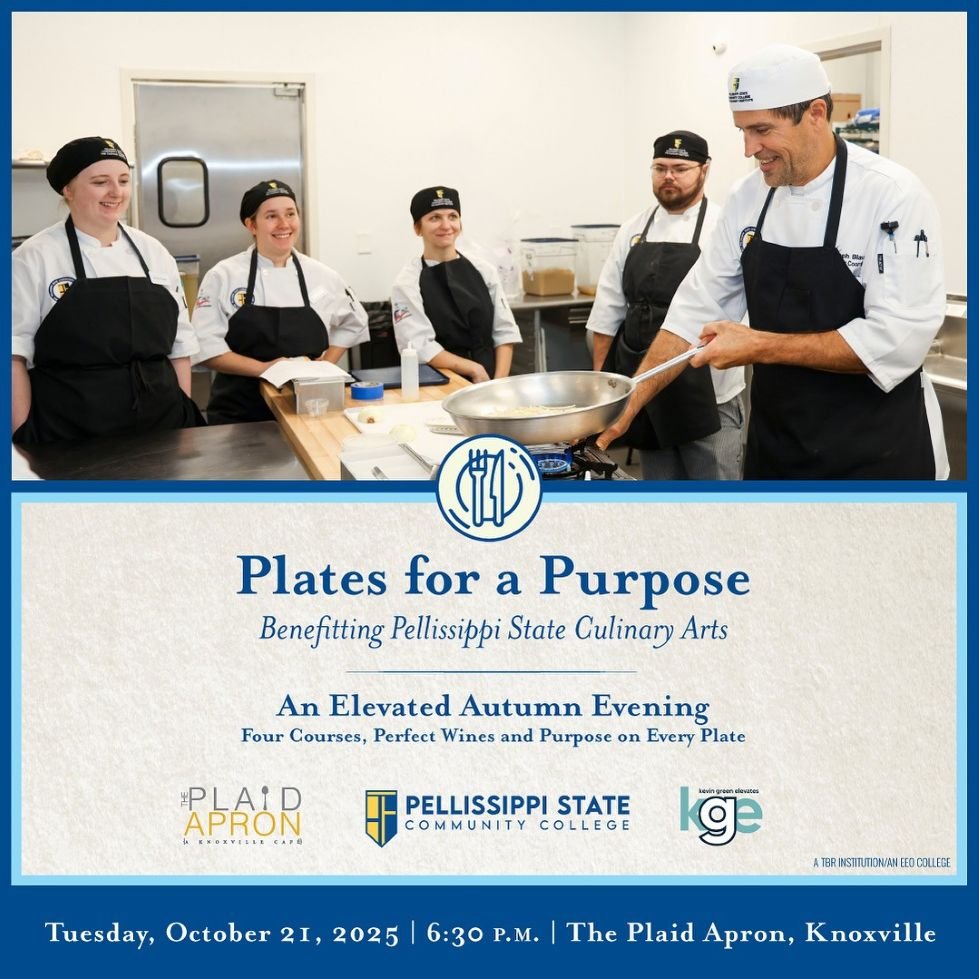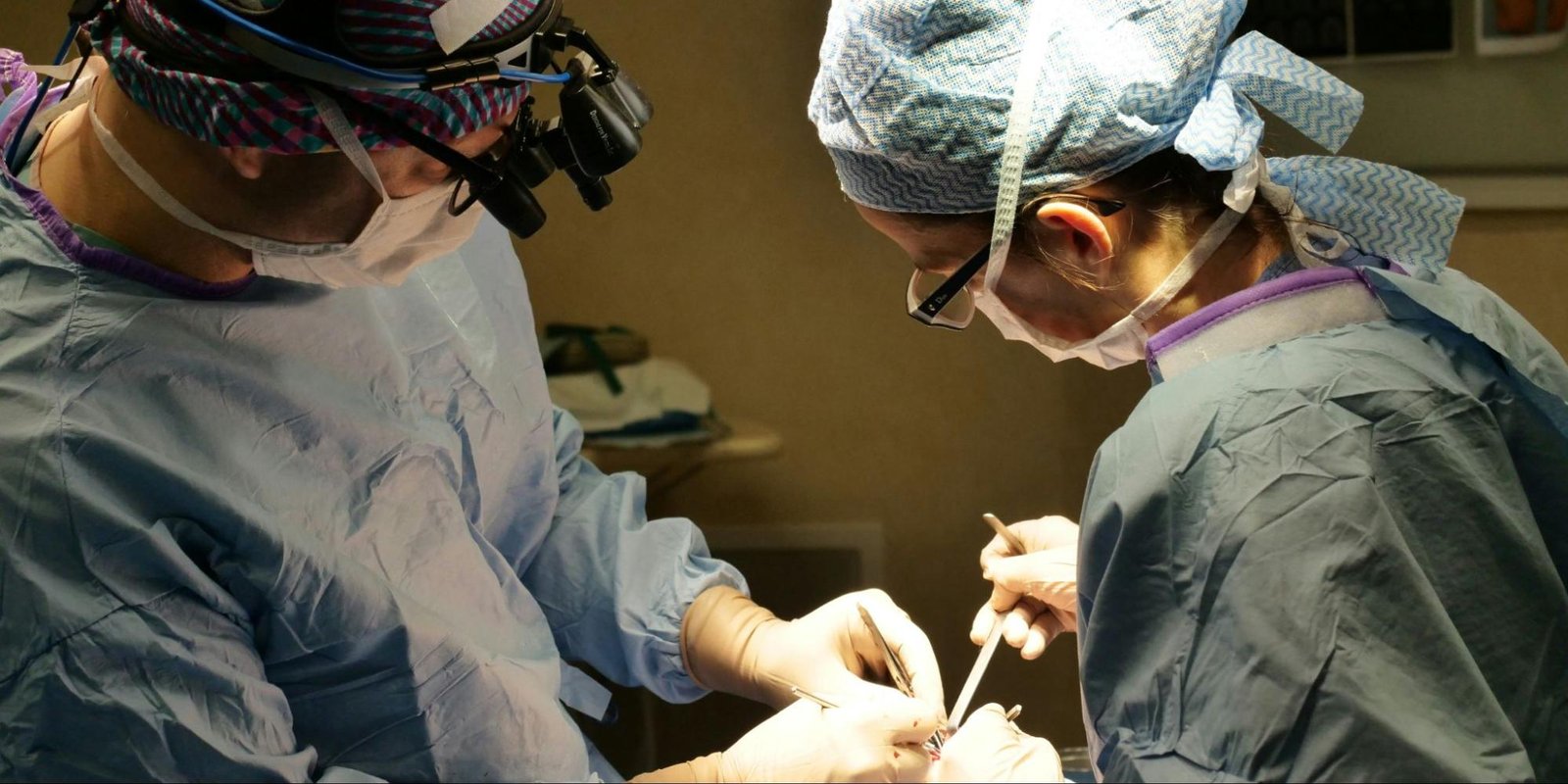By: Heather Holmes
On October 21, 2025, something remarkable will happen at The Plaid Apron in Knoxville, Tennessee. When guests sit down for an elegant four-course dinner, they’ll be experiencing more than exceptional cuisine—they’ll be participating in a solution to one of the restaurant industry’s most pressing challenges.
The answer, as this innovative dinner demonstrates, lies in strategic partnerships that bridge the gap between industry expertise and educational opportunity.
The Scale of the Challenge
The numbers paint a stark picture of the restaurant industry’s workforce struggles. In 2024, 45% of restaurant operators reported their establishments didn’t have enough staff to meet customer demand, with 57% operating more than 10% below optimal staffing levels (Escoffier, 2024). This shortage has forced restaurant owners to reduce service hours (65%), operate under capacity (52%), and even close on days they would normally be open (43%).
Yet the industry continues to grow. The restaurant and foodservice sector contributed approximately $684 billion to the U.S. GDP in 2023—representing 2.5% of the nation’s economic output (OnFocus, 2024). Employment is projected to add 200,000 jobs in 2025, with chef and head cook positions expected to grow 8% from 2023 to 2033—faster than the average for all occupations (U.S. Bureau of Labor Statistics, 2024).
This creates a paradox: a growing industry desperate for skilled talent, yet struggling to develop the pipeline necessary to meet demand.
The Education-Industry Disconnect
Part of the solution lies in understanding how the current workforce develops. According to industry data, 22.7% of all restaurant employees are people between the ages of 16 and 22 who are currently enrolled in school, highlighting the fact that many workers are simultaneously pursuing education while gaining industry experience (Escoffier, 2024).
However, traditional educational pathways often fail to provide the practical, hands-on experience that students need to transition successfully into professional kitchens. Community college culinary programs, while valuable, often operate in isolation from the local restaurant ecosystem they aim to serve.
Kevin Green understands this disconnect intimately. Having spent five years as a high school culinary educator after his own career as a professional chef, he witnessed firsthand how educational programs can either bridge or widen the gap between classroom learning and industry reality.
A Model for Meaningful Collaboration
The genesis of “Plates for a Purpose” illustrates how effective industry-education partnerships can develop organically from shared relationships and common purpose. The collaboration began over brunch when Green and Chef McDonald—both Lipscomb University alumni and former colleagues at Nashville’s Hermitage Hotel—reconnected and discussed the ongoing challenges of attracting and training skilled culinary talent.
Green brought Chef Joseph Blauvelt of Pellissippi State into the conversation, creating a three-way partnership that leverages each participant’s unique strengths: Green’s understanding of career development and educational needs, McDonald’s operational expertise and industry connections, and Blauvelt’s institutional knowledge and student development focus.
The result is an event that serves multiple purposes simultaneously. Guests enjoy an exceptional dining experience while directly supporting culinary education through their participation. Students gain real-world experience working alongside seasoned professionals in a high-stakes environment. The broader community witnesses the quality of locally-trained talent while investing in its development.
Beyond Single Events: Building Sustainable Systems

Photo Courtesy: Plates for a Purpose / Kevin Green
While “Plates for a Purpose” represents an innovative approach to fundraising and experiential learning, its real value lies in demonstrating how industry professionals and educational institutions can work together systematically. The event showcases several key principles that can be scaled and replicated:
Mutual Investment: Rather than simply asking for donations, the partnership creates value for all participants. Diners receive an exceptional experience, students gain professional development, and the restaurant benefits from positive community exposure.
Skills Integration: Students don’t just observe professional work—they participate in it, developing both technical skills and professional habits under mentorship from experienced chefs.
Community Visibility: By making culinary education visible to potential employers, customers, and supporters, the event helps build awareness of the talent pipeline while creating networking opportunities.
Industry Standards: Working in a professional restaurant environment exposes students to the pace, quality expectations, and teamwork required in commercial kitchens—experience that’s difficult to replicate in traditional classroom settings.
The Ripple Effect of Strategic Partnerships
Green’s approach to this collaboration reflects his broader philosophy about career development: sustainable success comes from building systems that support individual growth while strengthening entire communities. His transition from chef to educator to speaker has given him unique insight into how different sectors can work together more effectively.
This perspective aligns with broader trends in workforce development. As traditional career paths become less predictable, young professionals increasingly value opportunities that provide both immediate experience and long-term skill development. Programs that combine formal education with industry mentorship address both needs simultaneously.
Addressing the Broader Workforce Challenge
The success of “Plates for a Purpose” suggests a model that could be adapted across different markets and educational institutions. As the restaurant industry continues to grow alongside persistent staffing challenges, the need for innovative workforce development approaches becomes increasingly urgent.
Community colleges and culinary schools across the country are recognizing that traditional classroom-only models may not adequately prepare students for the realities of professional kitchens. Similarly, restaurant operators are discovering that their most effective employees often come from programs that emphasize real-world experience alongside technical training.
The convergence of these realizations creates opportunities for partnerships that benefit all stakeholders while addressing legitimate industry needs. When educational institutions work closely with local restaurant operators, curriculum can stay current with industry trends, students can develop professional networks before graduation, and employers can help shape the skills of future workers.
Looking Forward: Scaling the Model
As Green continues to develop his speaking and workshop offerings, events like “Plates for a Purpose” serve as powerful demonstrations of his core message: that meaningful careers emerge from the intersection of individual purpose, community need, and strategic collaboration.
The dinner represents more than fundraising—it’s a proof of concept for how industry professionals can take active roles in developing talent while building stronger community connections. For students, it provides invaluable experience working in professional environments under expert guidance. For the restaurant industry, it demonstrates how investment in education can yield skilled, motivated employees who understand both the technical and cultural aspects of professional kitchen work.
As the restaurant industry continues to evolve, partnerships like this one point toward a more sustainable approach to workforce development—one that recognizes education and industry as interdependent rather than separate spheres. The real measure of success won’t be the funds raised or even the quality of the dining experience, but the careers launched and the ongoing relationships built between educators, industry professionals, and aspiring culinary talent.
Event booking information available at https://www.pstcc.edu/foundation/plates-for-a-purpose/











